Climate change is becoming increasingly complex and unpredictable, negatively impacting all aspects of economic and social life. In particular, the crop production sector in particular and the agriculture and environment sector in general are facing many challenges. This requires specific and timely strategic directions and actions to ensure the goal of sustainable development, effective adaptation to climate change and reduction of greenhouse gas emissions in accordance with international commitments.
In recent times, localities in the Mekong Delta have increasingly implemented high-quality and low-emission rice production models. In the photo: Farmers visit a high-quality and low-emission rice production model in Truong Xuan commune, Can Tho city. Photo: KHÁNH TRUNG
According to the 2020 national greenhouse gas inventory data published by the Ministry of Natural Resources and Environment (formerly), Vietnam's total greenhouse gas emissions are over 528 million tons of CO2 equivalent, of which the agricultural sector accounts for 19.8%. Cultivation activities account for nearly 70.4% of the total emissions of the agricultural sector. In particular, the Mekong Delta - the country's key rice production region, contributes significantly to the total greenhouse gas emissions, especially when straw is not properly treated after rice harvest; fertilizers, pesticides and irrigation water are not used effectively and economically. Meanwhile, major agricultural product consumption markets in the world are tending to tighten requirements related to carbon emissions, sustainability certification, traceability and environmental protection.
Therefore, implementing emission-reducing farming is not only an urgent requirement, bringing many practical and comprehensive benefits, but also an opportunity for the agricultural sector to integrate more deeply into the global value chain.
Effective from practice
In Can Tho City, farmers in many rice fields are actively cultivating according to the Project on sustainable development of one million hectares of high-quality, low-emission rice cultivation associated with green growth in the Mekong Delta region by 2030 (Project).
Since participating in the Project, with the support of the relevant authorities, Phuoc Loc Agricultural Cooperative in Truong Hiep A Hamlet, Truong Long Tay Commune has grown rice according to Global GAP standards on 30 hectares, applying the "1 must, 5 reductions" farming process, using biological fungi to bury straw and decompose straw in the fields. The Cooperative has also been supported with drones to improve rice production efficiency.
Mr. Tran Trung Kien, Director of Phuoc Loc Agricultural Cooperative, said: “When implementing the model of fertilizing according to the growth needs of rice plants, farmers prioritize the use of organic fertilizers to help loosen the soil, increase the ability to retain water and nutrients. Thanks to that, rice plants grow well, have few pests and diseases, and produce high productivity and quality. Farmers also apply mechanization in cultivation stages to reduce labor... Rice production according to the model increases profits by about 4 million VND/ha compared to traditional farming.”
From the 2024 winter-spring rice crop to now, Tan Tien Agricultural Service Cooperative in Hamlet 4, Vi Tan Ward has effectively implemented the model of "Application of mechanization in rice production according to Global GAP standards associated with product value chain linkage" with an area of 30 hectares, with 26 households participating. Mr. Tran Van Truyen, member of the Board of Directors of the Cooperative, said: "The model helps farmers reduce the use of pesticides, use fertilizers reasonably and no longer burn fields as before. The rice products produced ensure food hygiene and safety, meeting the needs of domestic and export markets".
Ms. Nguyen Thi Giang, Deputy Director of the Department of Agriculture and Environment of Can Tho City, said: Through the models that have been implemented and are being replicated, farmers have changed their production practices, created quality products, met market demand and ensured the health of producers and consumers while being environmentally friendly. These are important premises to help the city's agriculture and environment sector gradually form a high-quality, low-emission rice production area associated with green growth.
Promote implementation
In recent times, the Ministry of Agriculture and Environment has paid great attention to coordinating with relevant ministries, sectors, localities and units to implement many solutions to improve the rice value chain in association with reducing greenhouse gas emissions. In particular, the Ministry has focused on promoting the implementation of the Project.
In addition, the Ministry of Agriculture and Environment has just held an online conference "Consulting on the Project on crop production to reduce emissions in the period of 2025-2035". At the conference, many delegates said that the development of the Project is very necessary and hoped that the Project would soon be put into implementation. Ms. Nguyen Thi Giang, Deputy Director of the Department of Agriculture and Environment of Can Tho City, suggested: "The Ministry of Agriculture and Environment needs to consider adding and increasing the number of pilot models. Thereby, creating favorable conditions for localities to learn, replicate and effectively implement the Project...".
Ms. Dinh Thi Phuong Khanh, Deputy Director of the Department of Agriculture and Environment of Tay Ninh province, said: “It is necessary to define the crop objects to include in the Project and have solutions for each group of plants to reduce greenhouse gas emissions. It is necessary to shorten the implementation time of pilot models and increase the number of models; at the same time, it is necessary to have specific tasks and roadmaps for each year and have a vision to 2050”.
According to Mr. Cao Duc Phat, former Minister of Agriculture and Rural Development, to develop highly efficient crop production, increase farmers' income and reduce emissions, it is necessary to focus on three major orientations. Firstly, pay attention to shifting the appropriate crop structure, developing crops that bring high income to farmers but low emissions. Secondly, apply technical processes in the direction of increasing productivity, increasing efficiency, increasing farmers' income and reducing emissions as is being done with rice. Thirdly, reduce emissions not only in the cultivation stage but in the entire value chain and must follow the circular economy direction.
Building low-emission agriculture
According to the statistics of the Ministry of Agriculture and Rural Development, in the Mekong Delta, each hectare of rice participating in large-scale fields can reduce production costs by 10-15% and the output value can increase by 20-25%, earning an additional profit of 2.2-7.5 million VND/ha compared to conventional farming. According to statistics from the Ministry of Agriculture and Rural Development, there are currently about 180 enterprises in the Mekong Delta that are qualified to export rice. Therefore, localities need to have solutions to attract enterprises to invest in and develop raw material areas, especially in areas implementing the High-Quality Rice Project.
Ms. Nguyen Thi Giang, Deputy Director of the Department of Agriculture and Environment of Can Tho City, said: In the coming time, the unit will continue to reorganize production in a systematic and synchronous manner; in which, it will pay attention to building and developing large-scale field models associated with the formation of cooperatives, cooperative groups or farmers' organizations. In addition, it will encourage businesses to participate in the Project associated with training, coaching, and transferring technical advances to rice farmers on sustainable and highly effective farming methods...
Deputy Minister of Agriculture and Environment Hoang Trung affirmed: Converting crop production towards low emissions is not only a technical solution but also a choice and a strategy to improve the competitiveness of Vietnam's crop production industry. It is our responsibility today towards the living environment and future generations. The project is expected to be the foundation for forming a low-emission agricultural ecosystem, where the State creates policies, businesses invest in technology, farmers are the subjects of transformation and international partners are resources to accompany.
| In the Mekong Delta, the implementation of the Project on sustainable development of one million hectares of high-quality, low-emission rice has brought many positive signals. The Ministry of Agriculture and Environment (MARD) is also implementing the Project on crop production to reduce emissions for the period 2025-2035. These are expected to open up a more sustainable direction for the Vietnamese crop production sector towards low emissions and green growth in the context of climate change. |
KHANH TRUNG - HUU PHUOC
Source: https://baocantho.com.vn/phat-trien-trong-trot-giam-phat-thai-huong-di-ben-vung-trong-boi-canh-bien-doi-khi-hau-a189718.html


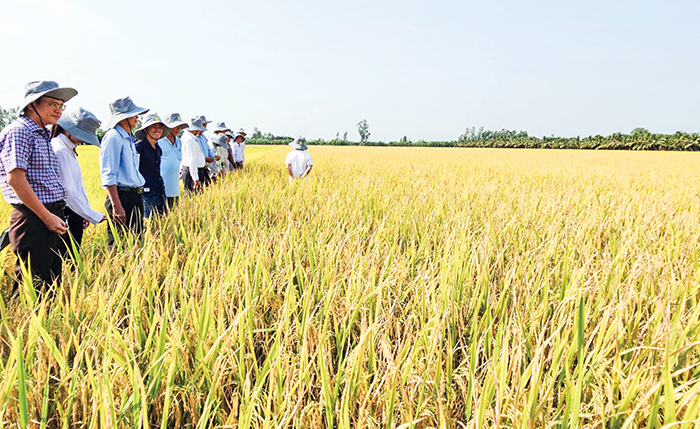
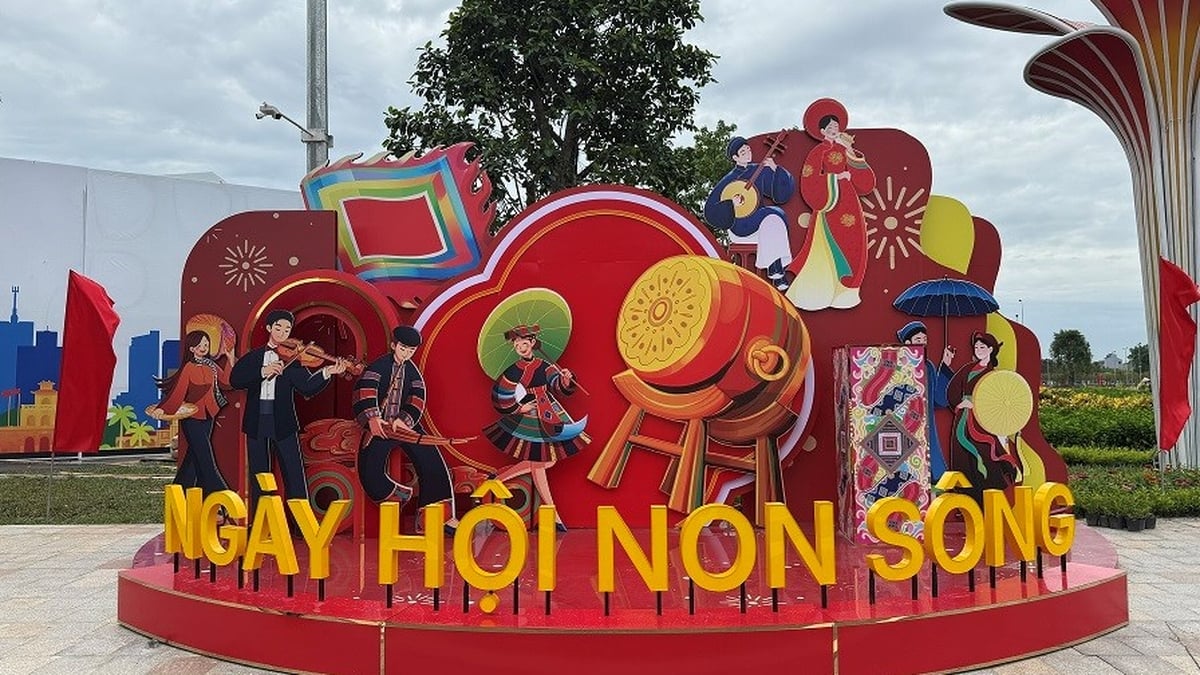




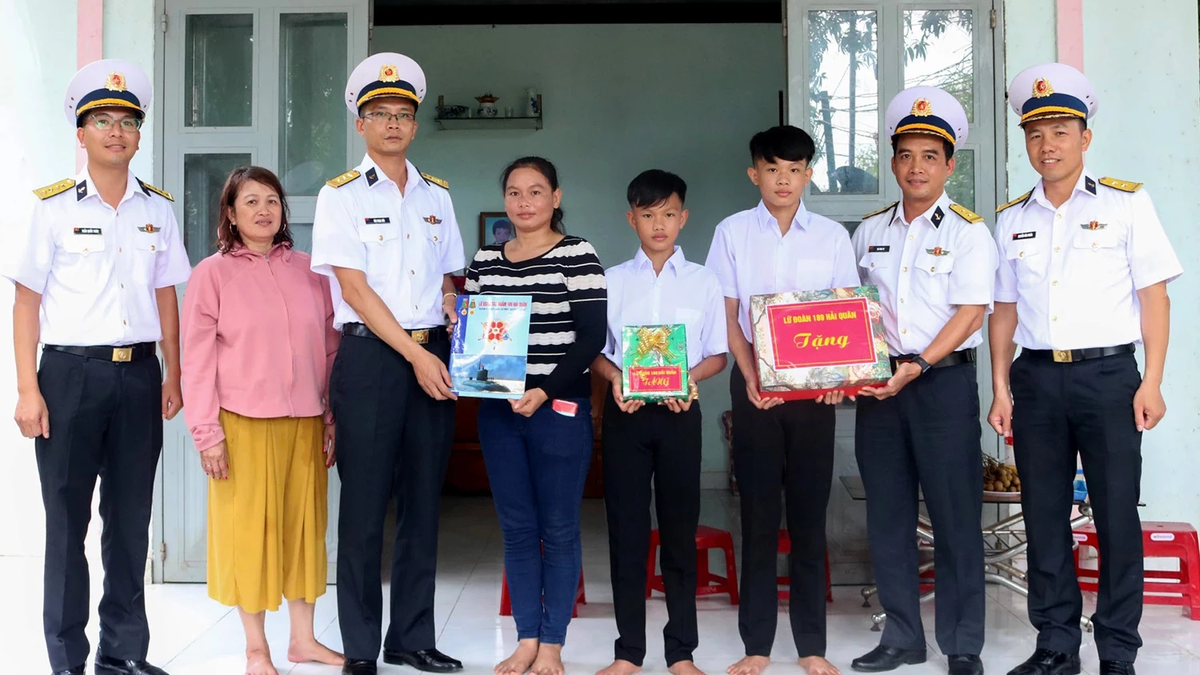


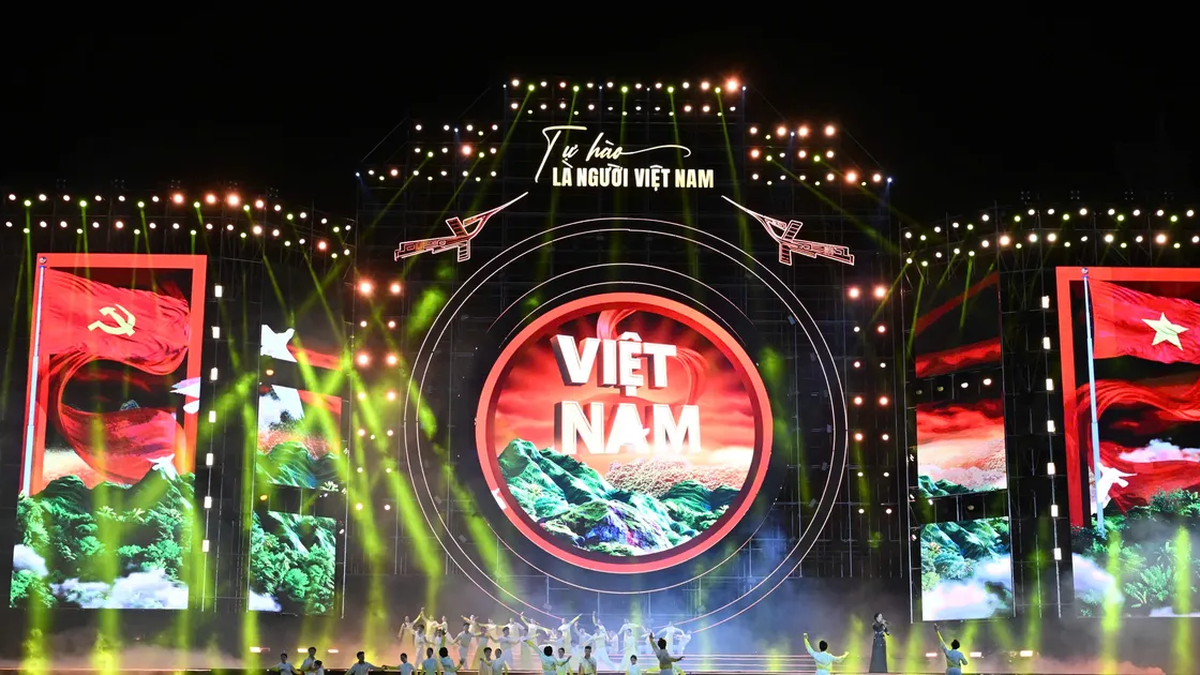










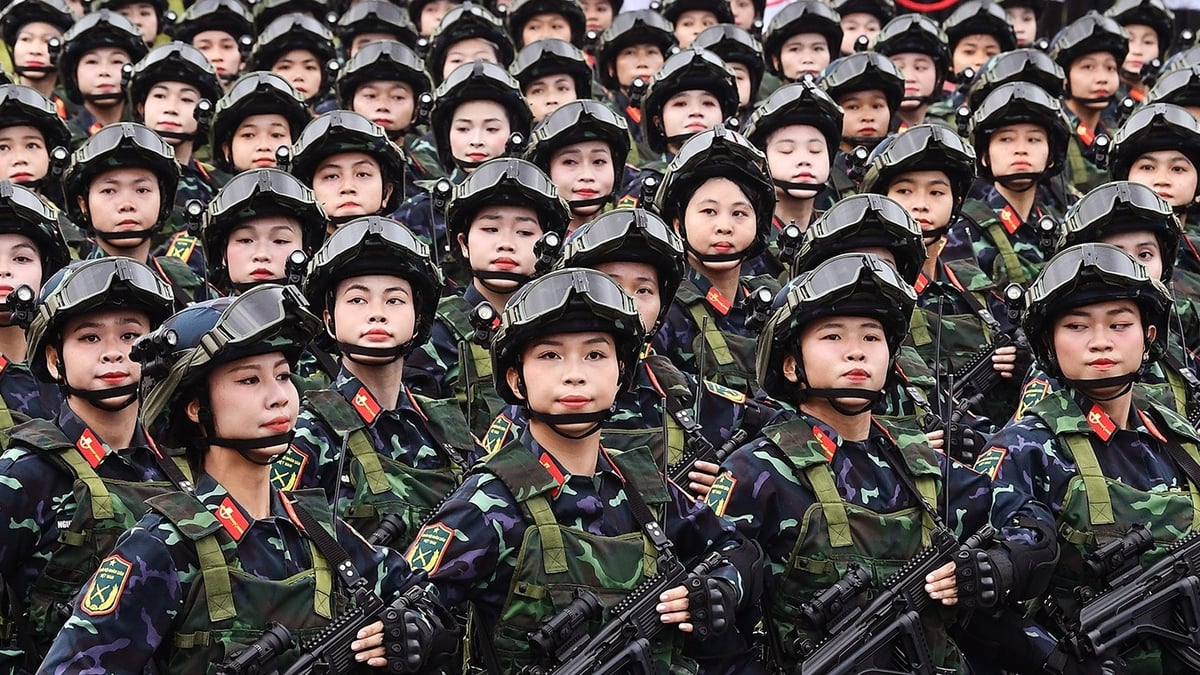
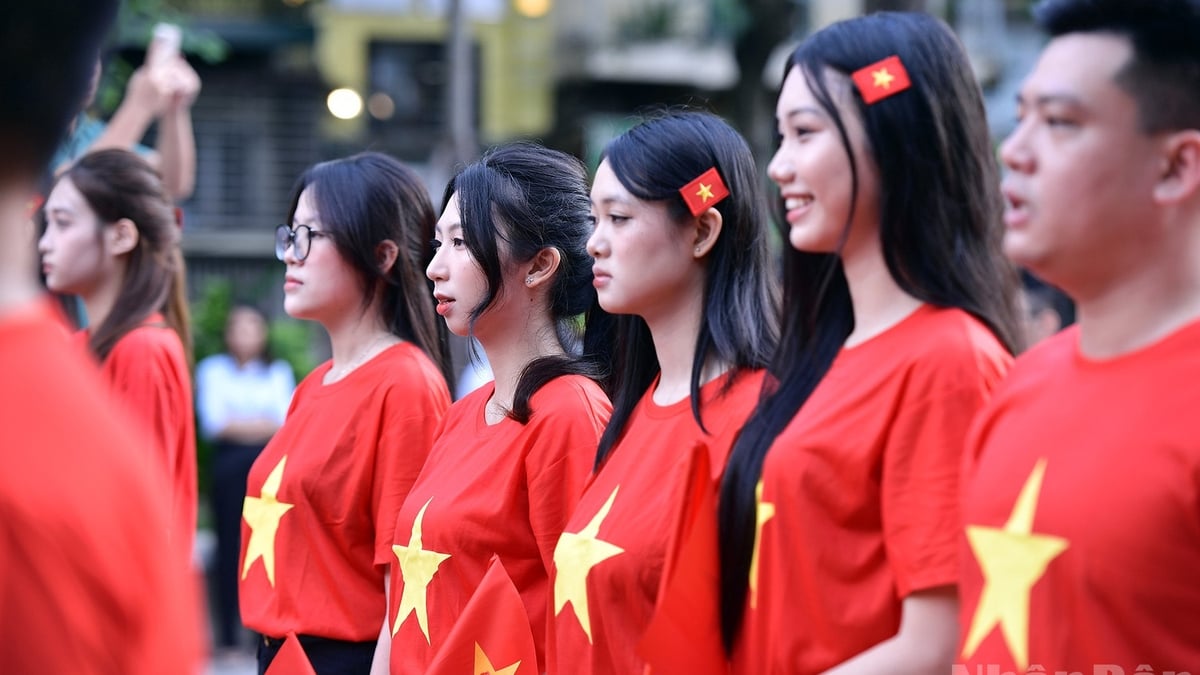

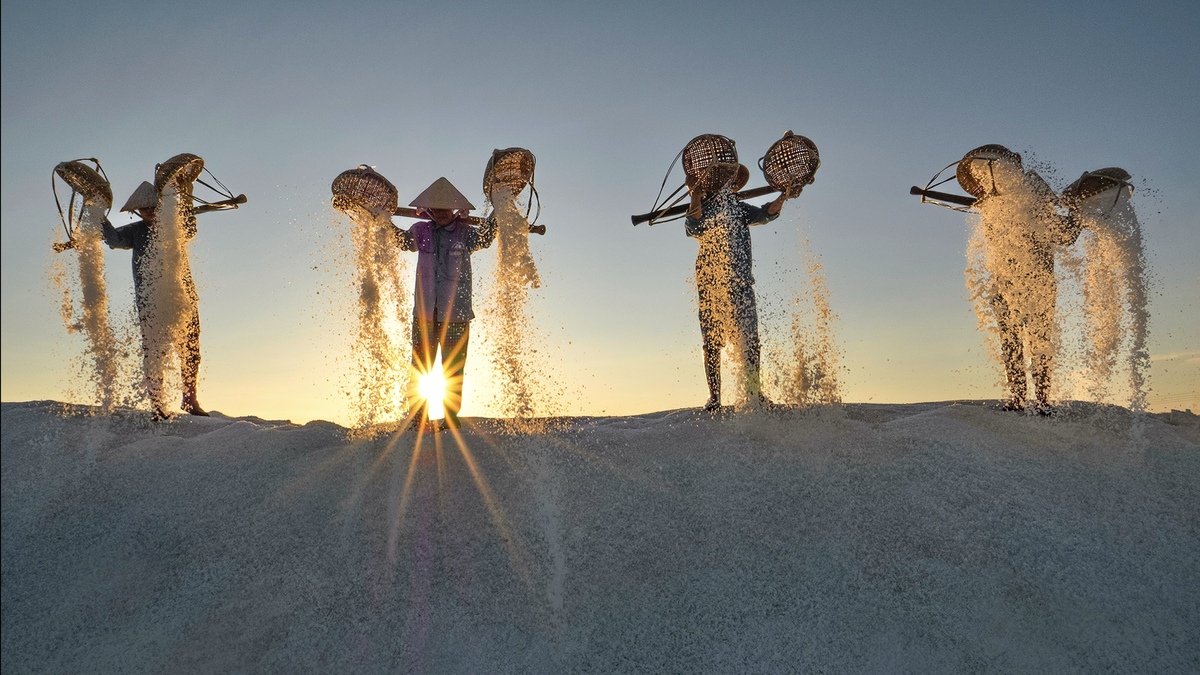
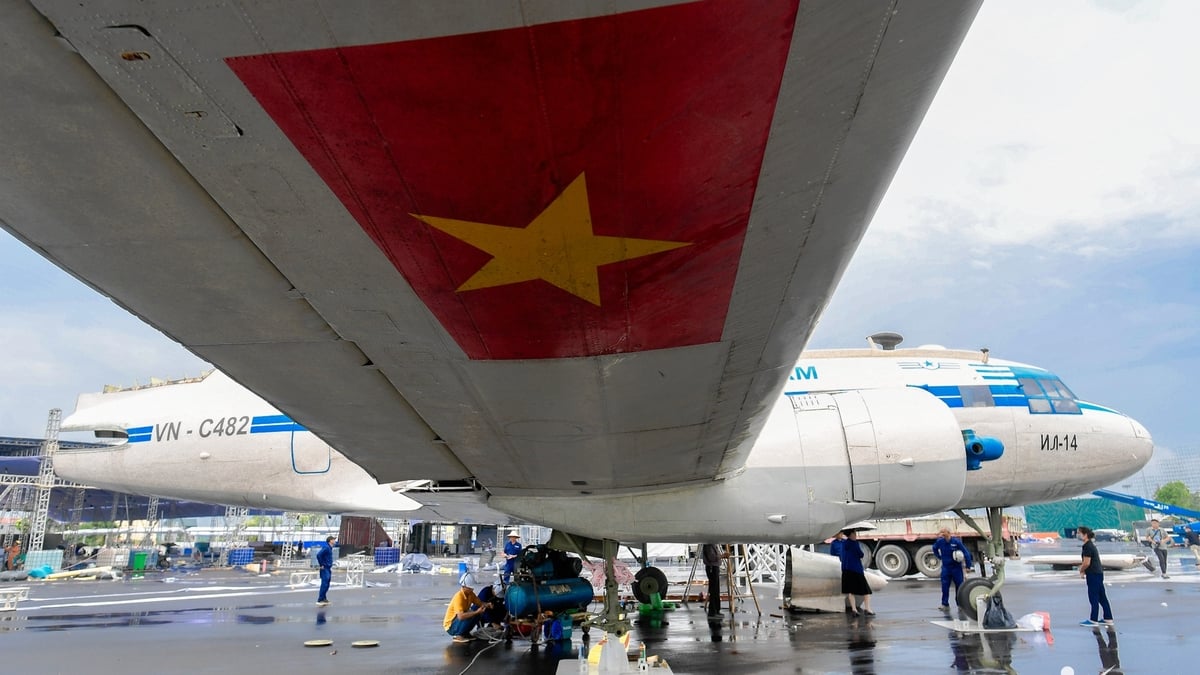
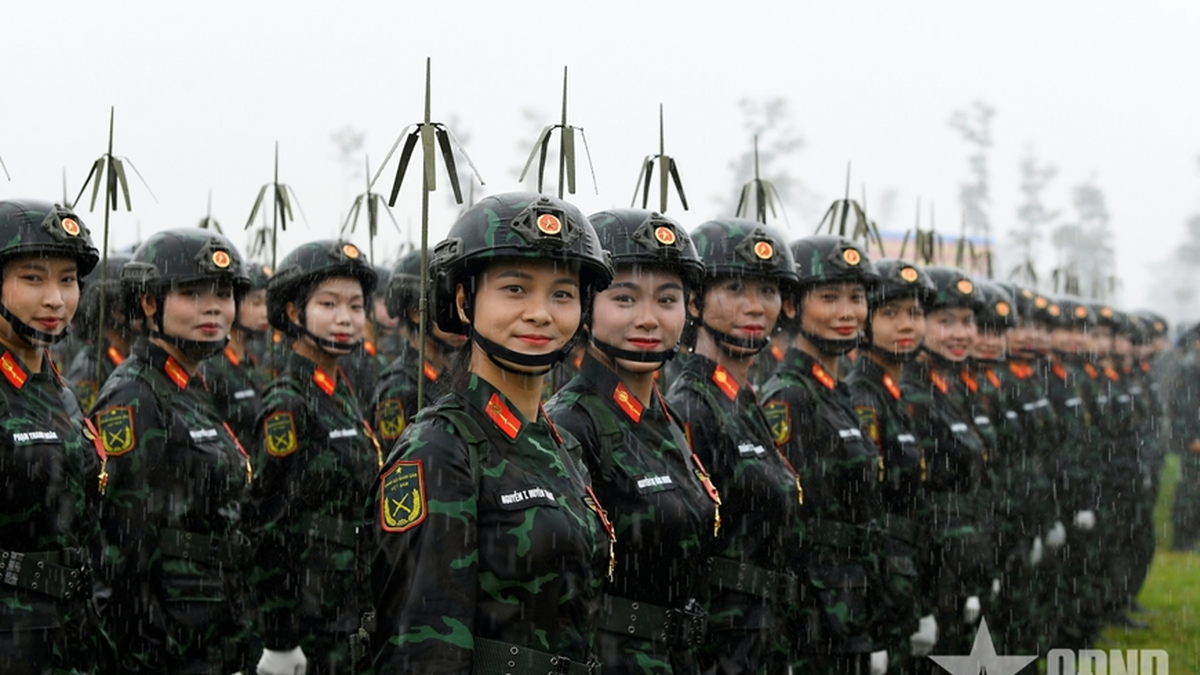
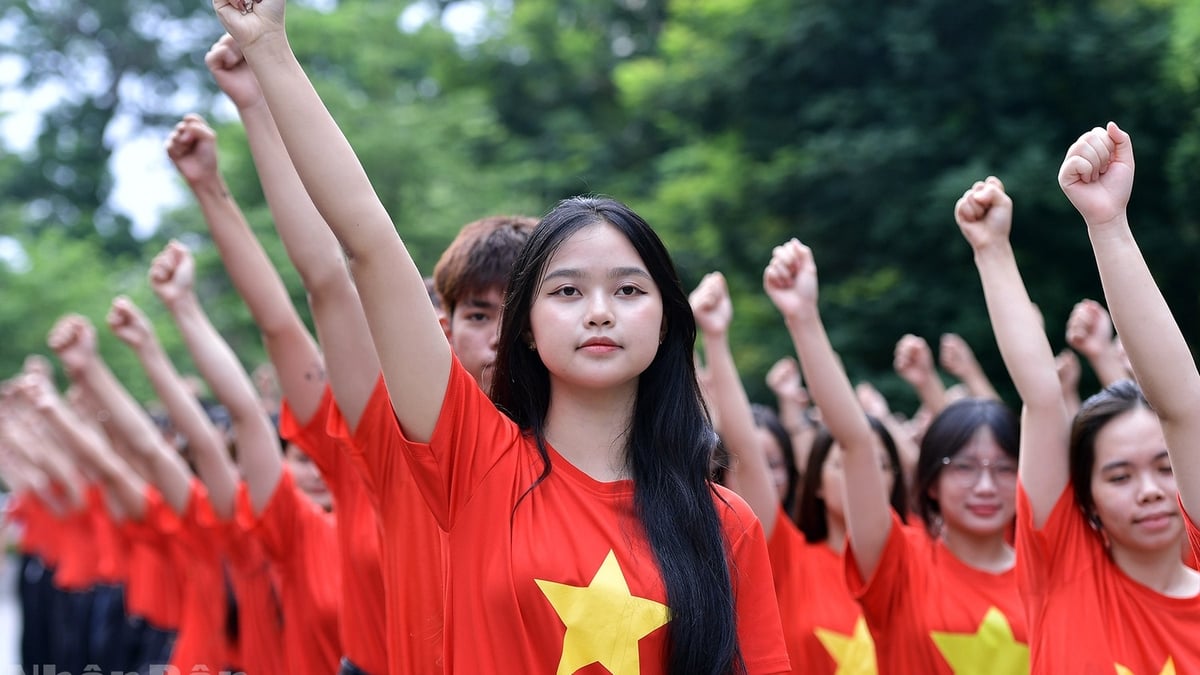

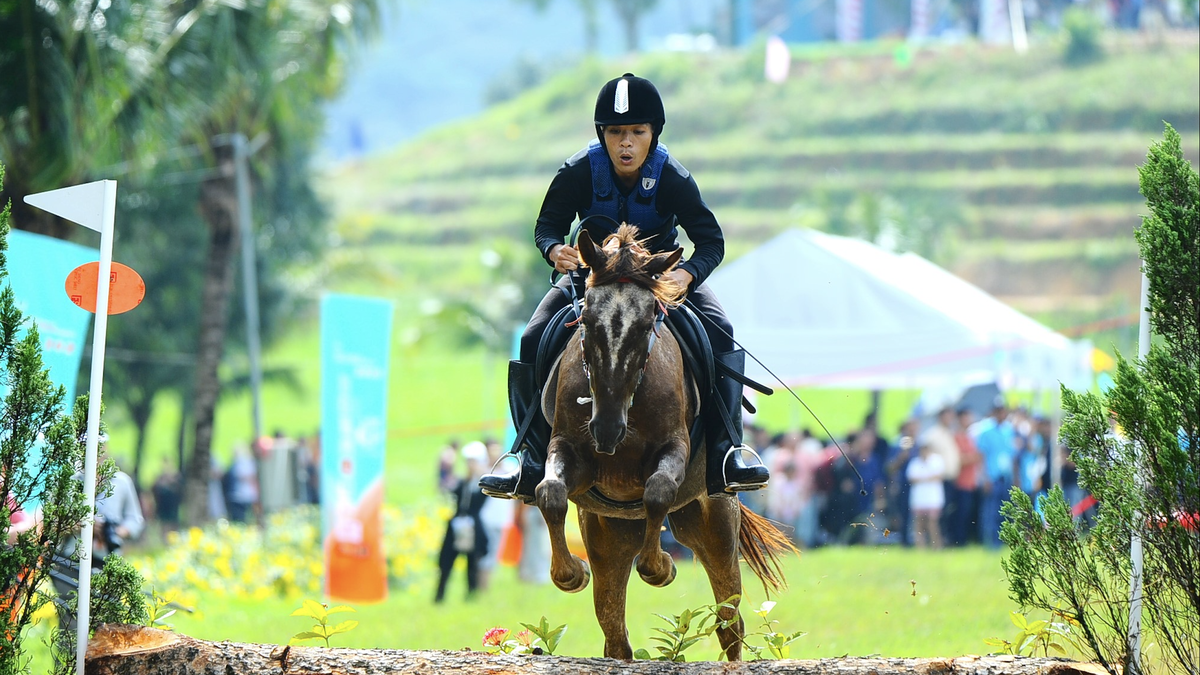

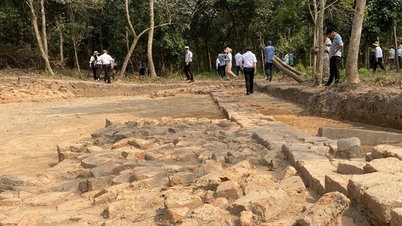



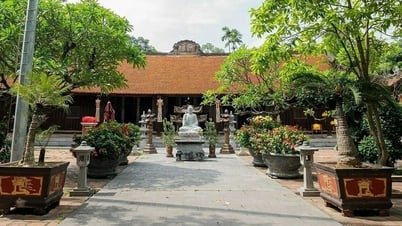

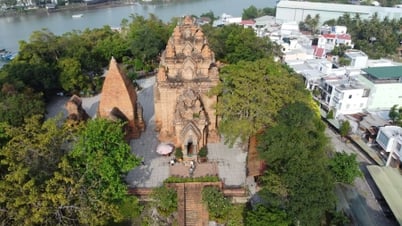
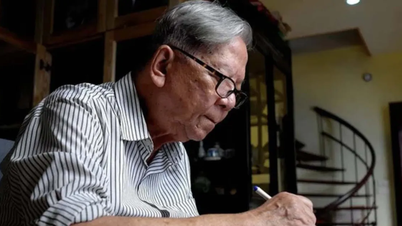





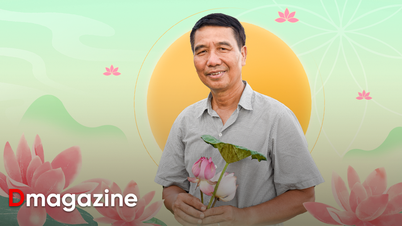


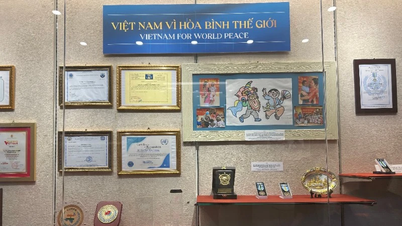

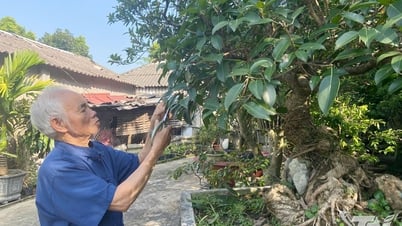

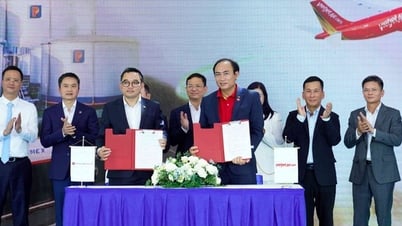


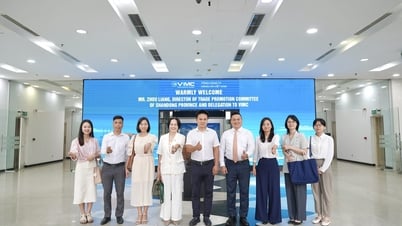

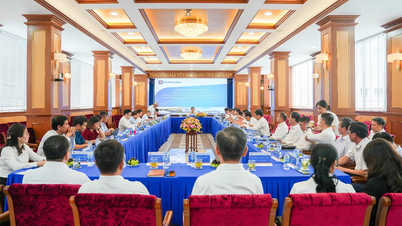
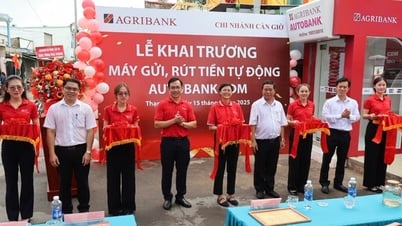
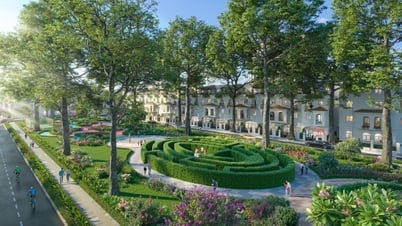
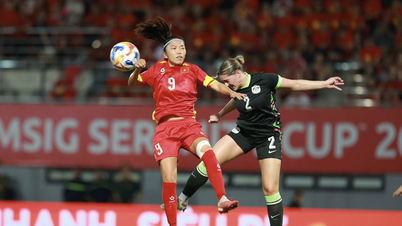
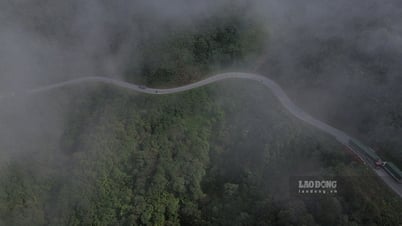


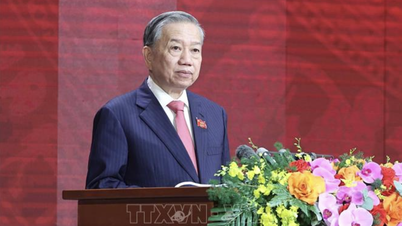



![[Photo] Party and State leaders visit President Ho Chi Minh's Mausoleum and offer incense to commemorate Heroes and Martyrs](https://vphoto.vietnam.vn/thumb/402x226/vietnam/resource/IMAGE/2025/8/17/ca4f4b61522f4945b3715b12ee1ac46c)
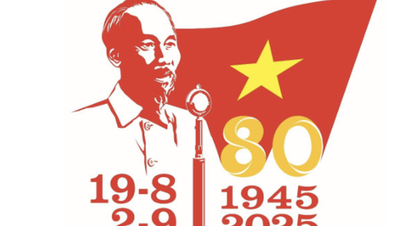

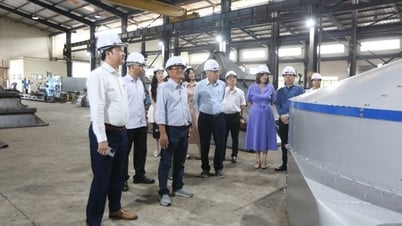

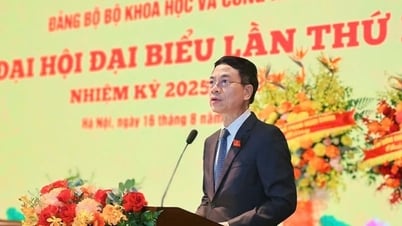

























Comment (0)